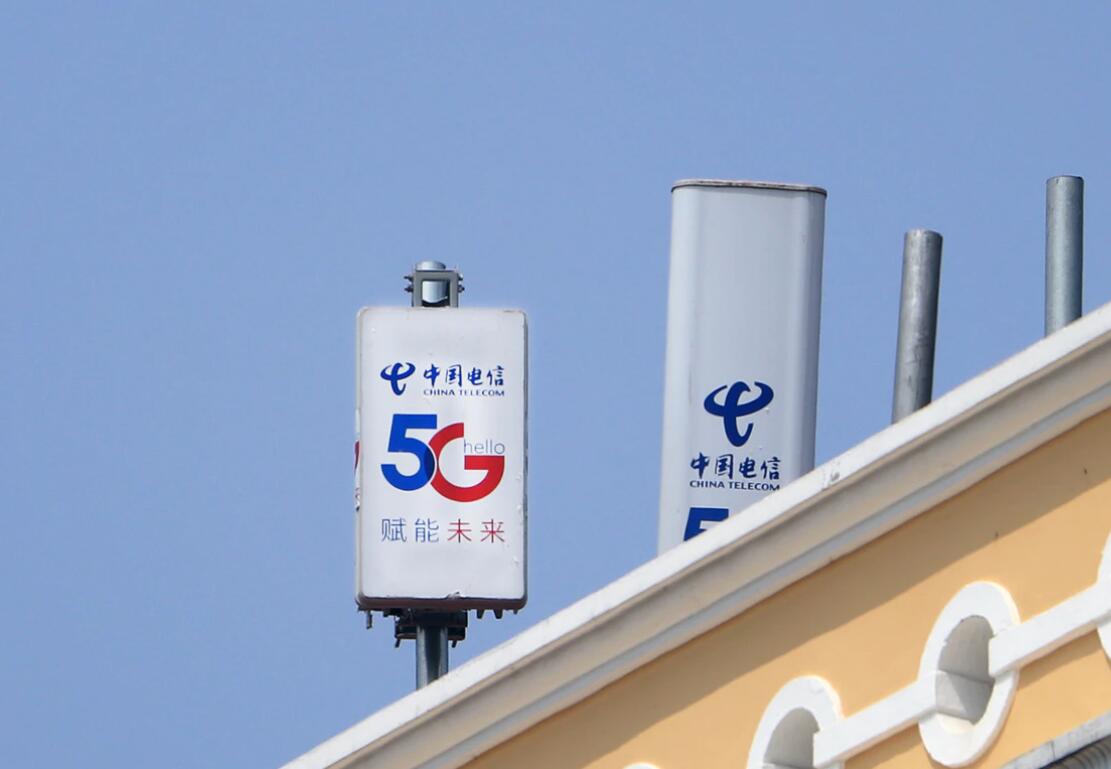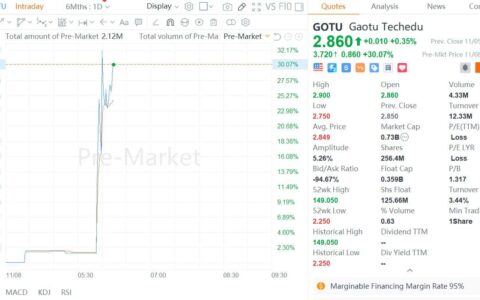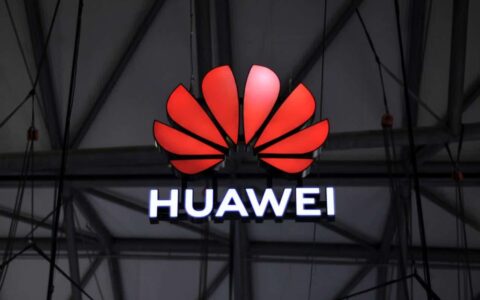In 2020, the sudden novel coronavirus pneumonia epidemic is having a major impact on mobile operators planning to roll out 5G services, with the rapid spread of the epidemic continuing to devastate the global economy and likely to intensify further, with no indication for the time being that it will end anytime soon.
According to Strategy Analytics, smartphone sales will fall by 21% this year (although the good momentum will return by 2021), which will also affect the number of users who upgrade to 5G terminals.
That said, there are many positive signs for 2020 that 5G still has great growth potential, including its demonstrated ability to respond to epidemics.
5G network continues to grow
According to Strategy Analytics, operators have still released 15 commercial 5G networks since the beginning of 2020.
Starting in late February, Thailand's AIS, Hong Kong's HKT, Hong Kong's China Mobile and Japan's NTT DoCoMo, KDDI, and Softbank all released new 5G networks, despite the growing impact of the novel coronavirus pneumonia outbreak.
In addition, Japan's Rakuten Mobile has also released new 5G plans ahead of the summer.
At the same time, global operators continue to expand their 5G networks.
In China, the government is using infrastructure project construction to offset the economic impact of the epidemic, with 5G being one of the core infrastructures.
China Mobile plans to deploy 300,000 5G base stations by the end of 2020, while China Telecom and China Unicom have also set a goal to deploy 250,000 base stations in their 5G co-built shared networks by September 2020.
In the U.S., 5G investment plans also remain strong, with Verizon ramping up its 2020 CAPEX investment and Fitch Ratings International noting that "despite the challenging economic environment, there should be sufficient cash flow to support the planned 5G budget and support a broader rollout of 5G services later in the year."
While some operators in blackout countries and regions have prioritized network maintenance goals over network upgrades, 5G deployments are still underway and operators need to be prepared for rising 5G terminal sales in the second half of 2020.
In response to over 40% growth in fixed broadband traffic due to telecommuting, distance education, and other services, operators have increased their investments in backhaul networks.
Backhaul networks account for nearly a quarter of 5G deployment costs, and these investments in enhanced backhaul networks will greatly simplify and accelerate 5G deployment.
5G terminal ecosystem continues to expand
The cancellation of MWC 2020 has not affected the momentum of smartphone launches in the first half of 2020, and while it remains uncertain whether 5G smartphones under $200 will be available in the Chinese market by the end of 2020, the successive launches of a range of inexpensive 5G devices worldwide have been very encouraging.
These include the $340 Huawei Honor 30S, $380 Xiaomi Mi 10 Lite, $380 Vivo S6 5G, $490 TCL 10 5G, and Samsung's two newest 5G terminal phones, the $500 Galaxy A51 5G and $600 Galaxy 751 5G.
While operators also have to consider network expectations for the 5G iPhone and Samsung Galaxy Note 20, which will launch in the second half of 2020, the emergence of more affordable 5G smartphones remains a key factor influencing 5G's mid-term build targets.
5G has contributed to the response to the epidemic
The novel coronavirus pneumonia epidemic has had a profound impact on the health care and public service sectors in countries on a global scale.
Hospitals as well as healthcare providers must adapt to new ways of working and equipment in a matter of hours or days, not weeks or months.
And businesses, employees, teachers, and students have adapted to online services such as online communication, distance education, and distance entertainment.
As we all know, in order to fight the new coronavirus pneumonia epidemic, China has built new Vulcan and Raytheon hospitals in Wuhan, operators need to quickly provide broadband networks for hospitals, 5G has the advantage of rapid deployment compared to fiber.
China Mobile, China Telecom and China Unicom all provided network services to the two hospitals, providing 5G robots to reduce exposure risks in addition to basic "emergency" networks, driverless vehicles from Neolix for temperature monitoring, aerosol sterilization and distribution of medical supplies, and CT scans, X-rays and online consulting services via HD video using 5G cloud collaboration tools.
As work and education shifted online during the seal, 5G played a role in improving broadband network performance in the community.
This role is most evident in the field of education, where high-quality home broadband networks become particularly important in rural and underdeveloped areas due to the inability to attend school on a regular basis.
In China, the Ministry of Industry and Information Technology has again asked operators to expand 4G and 5G coverage to support online education.
In the U.S., Ericsson has partnered with Vermont Telephone to deploy 4G and 5G networks and provide modems and routers to homes to provide free high-speed wireless Internet access for students.
Inseego's data shows that sales of its flagship 4G and 5G MiFi continue to grow, while the operator is offering 5G FWA services at a discount: South Africa's Rain, which offers unlimited 5G home services at R699 (about $38) a month, has prompted a doubling of weekly demand, while Saudi Zain's low-cost 5G plan has also seen demand grow by 25%.
Can 5G accelerate economic recovery?
We've already noted that the Chinese government wants China's three major operators to accelerate the pace of 5G deployment and is committed to boosting economic growth through infrastructure construction.
China's Ministry of Industry and Information Technology issued a policy to encourage local governments to open public buildings and public facilities for operators to build 5G base stations. The government will also work with grid companies to reduce the cost of electricity for 5G networks.
After completing the spectrum auction in March, the Hungarian government is also eager to complete the early deployment of 5G in some key areas, such as hospitals, universities and major transport routes, to help society cope with the health crisis, apparently recognizing the important role 5G will play in the economic recovery after this crisis.
On the first anniversary of the commercialization of 5G in Korea, a strategic committee of 12 government departments outlined the important role they see 5G playing in leading the economic recovery in the wake of the novel coronavirus pneumonia outbreak.
While the government is encouraging Korean companies to continue to increase their participation in the global 5G market, it also wants Korean operators, which have increased their investment budgets for the first half of 2020 from 2.7 trillion won (about $2.3 billion) to 4 trillion won (about $3.3 billion), which includes indoor coverage at more than 2,000 locations.
The South Korean government has fully recognized the importance of stimulating the economy by creating new markets and upgrading traditional industries through 5G and has focused on the development of smart factories, smart cities, digital healthcare, self-driving cars with 5G V2X and drones for 2020.
"5G is the core component needed to create virtualized, agile, software-defined, and exceptionally responsive IT environments for enterprises", Strategy Analytics states in a report titled "5G and its Impact on Enterprise Digital Transformation".
The new coronavirus pneumonia epidemic that is sweeping the world is by no means an "opportunity," but it is driving many companies to accelerate their digital transformation, and 5G will undoubtedly play an important role in that.







